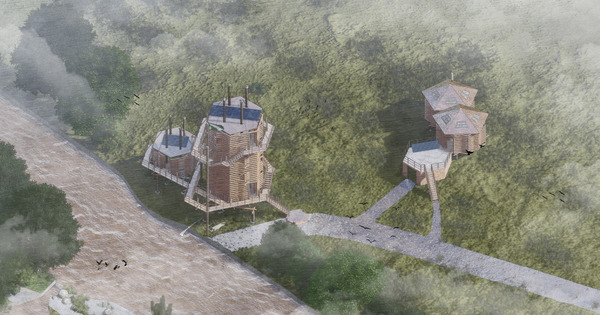The Living Machine: A S*** Solution!
The County of Cumbria and England as a whole is facing one of the most catastrophic environmental disasters in recent times. Over the past five to ten years, policies on the emissions of untreated raw sewage into natural watercourses have become clouded with maximising profit rather than protecting biodiversity. As a result, such entities are subject to large quantities of raw sewage flow from overflow pipes that massively exceeds the legal volume limit, causing aquatic ecosystems to die from eutrophic algal blooms and excess phosphorus levels. This issue has been exacerbated by the increase in frequent storm events due to climate change, which forces underground networks to use storm overflow pipes more often than ever to prevent flooding. The issue is profoundly problematic in Cumbria, with Cumbrian wastewater treatment works spewing some of the largest volumes of untreated sewage anywhere in the Country. So how do we deal with this? We can’t change the entire sewage infrastructure network of the County overnight, and it seems that sewage policy to control water corporations is failing. So, to stop this we need to think using a bottom-up ideology. This is where the Living Machine project comes in. An architectural solution to the problem of sewage spill. This intervention sits at the point where overflow pipes empty their poisonous contents into rivers. The Living Machine uses methods of natural wastewater treatment, by diverting polluted water from overflow pipes through an organic step-by-step process that purifies water using aquatic plants and organisms. The project is designed as a guidebook on how to assemble such systems, using natural timber materials from the surrounding environments in which they are needed. The proposition is that those directly impacted by sewage spill could assemble a Living Machine, and positively affect localised aquatic biodiversity.


